Dr. Daniel Buser is a globally recognised pioneer and thought leader in implant dentistry, renowned for his groundbreaking contributions to Guided Bone Regeneration (GBR), implant surface technology, and digital implantology. With over 35 years of surgical experience and more than 400 scientific publications, his insights have significantly shaped modern clinical practice.
In this exclusive interview conducted by Dr. Sandeep Singh (Founder, Sahaj Dental Care & Academy, Prayagraj, UP) for Dental Tribune South Asia, Dr. Buser shares valuable perspectives on the evolution of GBR, future trends in digital technology, critical challenges in implant dentistry, and his vision for education and training in emerging markets such as India.
With over 35 years of surgical experience, you're considered a pioneer in Guided Bone Regeneration. How has the field evolved since you performed the first GBR surgery in October 1988, and what breakthroughs do you anticipate in the next decade?
In the first 10 years, primarily in the 1990s, we were in a development phase, exploring the potential of GBR using primarily non-resorbable e-PTFE membranes (GoreTex®). The prevalence of complications was quite high in this phase, which included wound dehiscences followed by infections and membrane collapse. We learnt fast and improved our surgical technique to reduce these complications. Based on numerous pre-clinical studies, we started to utilise autogenous bone grafts and bone substitutes primarily to avoid membrane collapse. Then, we learnt that they can also accelerate bone healing and improve volume stability over time when using so-called composite grafts, either in a 2-layer fashion or mixed. In addition, we started to use resorbable collagen membranes such as Bio-Gide® membranes to avoid wound dehiscences and eliminate a second surgery for membrane removal.
After the millennium change, we learnt even more in the field of tissue biology, such as the bundle boneresorption post-extraction, the role of growth factors released by autogenous bone grafts, and the sequence of bone healing following socket grafting. This helped us to further optimise our regenerative outcomes in patients. Besides horizontal bone augmentation, vertical ridge augmentation has also been developed and continuously improved. GBR is today the most prominent bone augmentation procedure and is very predictable, although it is surgically demanding, in particular, vertical augmentation. However, I don't expect further and significant breakthroughs in the future of bone augmentation, the technique is very mature now. Our focus must go to educating the young generation of implant surgeons.
Your research has spanned implant surfaces, bone augmentation, and anatomical studies using CBCT. Which area of research do you believe has the most potential to further improve implant dentistry in the coming years?
In my view, digital technology has had the biggest impact on implant dentistry in the past 5 to 10 years and this development is not done yet. It helps us to further optimise our daily routine, but it will not replace the surgeon. The surgical talent and experience will remain the most important key factor for successful outcomes with good long-term stability, also in the future.
In your upcoming masterclass, you'll discuss why hybrid implants will be the implant of choice in the future. Can you elaborate on the advantages of hybrid implants and how they might reshape the landscape of implant dentistry?
We have a huge problem in the market with a high prevalence of peri-implant infections.
The main risk factor for developing peri-implantitis is an exposed micro-rough implant surface in the peri-implant sulcus.
A simple strategy to reduce this risk is to utilize so-called hybrid implants with a machined implant surface in the transcrestal area, which means at the implant neck. The most prominent hybrid implant is Straumann's Tissue Level (TL) implant, which showed excellent tissue stability in multiple long-term studies up to 20 years. I will present the historical development of innovations concerning implant surfaces and the story behind hybrid implants. In addition, I will show the 4th generation of Straumann implants, the so-called TLC and TLX implants, both hybrid implants, and their characteristics and clinical applications.
You've co-authored more than 400 publications with your team in the field of implant dentistry. How do you see the role of academic research in shaping clinical practice, and what advice would you give to young researchers in the field?
If you want to have a significant impact on implant dentistry from an academic point of view, the following aspects are important.
(1) You must have a mentor who can guide you in the first 5 to 10 years of how to run studies and who can open important doors due to an existing network;
(2) Team up with other groups and young researchers using a so-called give-and-take strategy. This team approach offers a lot of synergy, and you can achieve more;
(3) Your studies must be clinically relevant with the goal that the patients will benefit in case of successful outcomes. Only such translational studies achieve high citation rates in the research community.
(4) Publish only in international top journals.
In my career, I was privileged to have 3 mentors with Prof. André Schroder and Prof. Robert K. Schenk, both from the University of Bern, and Prof. Ray Williams from the Harvard School of Dental Medicine. They were superb and helped me a lot in the first 5 to 10 years of my career.
The Buser & Sculean Academy focuses on global knowledge sharing with the younger generation of implant specialists. How do you envision the future of dental education, especially in light of advancing technologies and the need for global collaboration?
Given the high prevalence of complications in the field of implant dentistry, we have to intensify our efforts in the field of education. My activities are focusing today on continuing education to share my knowledge with post-doc students or young colleagues with a completed post-doc programme, but also to colleagues in established private offices, since lifelong learning is very important these days to offer your patients state-of-the-art, evidence-based clinical procedures. A big help here is the superb streaming technology that is now available. The on-demand online education, fostered by the coronavirus pandemic 5 years ago, has become a very important educational tool for the dental community. The Buser & Sculean Academy can offer superb streaming technology.
Your masterclass will cover the surgical key factors for successful outcomes with good long-term stability. What do you consider the most critical factors that practitioners often overlook?
The implant surgeon must have a certain talent for surgical procedures, must understand the involved tissue biology, and must have a patient pool that allows him or her to perform in the long run at least 50 implant surgeries per year to establish a good routine.
You've been at the forefront of digital implant dentistry developments in the past decade. How has digital technology transformed your approach to implant surgery, and what emerging technologies excite you most?
We started with digital implant dentistry roughly 15 years ago, and the progress we have made has been impressive. Today, I utilise computer-assisted implant surgery (CAIS) in about 40% of my cases, either for flapless implant placement or for open-flap procedures in demanding clinical situations. However, the utilisation of CAIS must have a benefit for the patient. In addition, you cannot trust a surgical guide when you do a CAIS surgery. The accuracy is always carefully checked at the beginning of the surgery. That means the brain of the surgeon is not replaced by the computer.
As the past president of both the EAO and ITI, what do you see as the most pressing challenges facing the field of implant dentistry on a global scale?
The answer has to be the "high prevalence of peri-implantitis" in the market. It's a reality that most of the complications are caused by the clinicians, most often during surgery, some during the prosthetic treatment. It's time that we acknowledge this huge problem, and it's time that we all team up to fight this problem with increased efforts in the field of implant education. If we fail to do so, we risk destroying the good reputation of implant therapy.
In addition, we should define a strategy:
(1) What percentage of dentists should place dental implants—is this 10% or 20%?
(2) How we educate them to improve the critical situation.
Your work has significantly contributed to our understanding of tissue biology in implant dentistry. How has this knowledge changed clinical approaches, particularly in post-extraction implant placement?
This is a perfect example of how excellent translational research has improved our clinical procedures. Today, the clinician has three treatment options when a tooth has to be extracted:
(1) Extraction and immediate implant placement, flapless with CAIS, using internal grafting,
(2) Extraction and spontaneous socket healing, followed by early implant placement after 4 to 8 weeks with an open-flap procedure and simultaneous GBR, and
(3) Extraction and socket grafting for alveolar ridge preservation followed by delayed implant placement without bone grafting, if possible flapless using CAIS.
I use all three treatment options in daily practice, offering me excellent treatment outcomes. Case selection using strict selection criteria is the key! I will present all these details in my Master Course in New Delhi.
The third edition of your GBR book was published in 2022. What key updates or new insights does this edition offer compared to previous versions?
The book presents the historical development of GBR, all relevant aspects of tissue biology, and the latest improvements and state-of-the-art surgical procedures for GBR. The lineup of authors is world-class; the wealth of provided knowledge is unique in the field of GBR.
As you continue to lecture internationally, what message do you hope to impart to the next generation of implant specialists, particularly in emerging markets like India?
The message is very simple for young colleagues: if you want to become a good implant surgeon, spend time and effort to get a profound education, either in a good postdoc programme or in good programmes with multiple modules offered by serious associations such as the ITI. In addition, team up with other colleagues and work in a group with at least 4 to 8 dentists. I strongly believe that group practices and small clinics are the future of dentistry.
Topics:
Tags:
GOTHENBURG, Sweden: Even though high survival rates have been reported for dental implants, biological or technical complications affecting the implant, the...
Dr Kyle Stanley is a specialist in implantology, founder of a company transforming patient care through artificial intelligence (AI) and a passionate ...
In this monthly column, we interview endodontists and restorative dentists from around the world to share valuable insights with our readers. This month, we...
The research team of Michal Eger, Nir Sterer, Tamar Liron, David Kohavi and Yankel Gabet from Tel Aviv University Israel, in a recent study, show that ...
Do you know that there are 14 already established pieces of scientific evidence to show a direct association between VitaminD deficiency & COVID19 ...
Dr William Martin will be one of four speakers at the upcoming Osstell ISQ Online Symposium on 16 September. Martin, who is a prosthodontist and clinical ...
India spent approximately INR 2,386 crore on oral cancer treatment in 2020, which will increase to more than INR 23,000 crore in the next ten years.
CHICAGO, U.S.: To combat the menace of antibiotic overprescription of antibiotics that results in the development of antibiotic-resistant bacteria, the ...
MUMBAI, India: For decades, the central question surrounding dental implantology has been one of longevity. Clinicians and patients alike have sought ...
Dr. Prashant Hatkar MDS (Cons & Endo), Accredited Member, American Academy of Cosmetic Dentistry (AACD); Certified Member, European Society of Cosmetic ...
Live webinar
Wed. 14 January 2026
10:30 pm IST (New Delhi)
Dr. Théo Laplane, Dr. Robert Gottlander DDS
Live webinar
Fri. 16 January 2026
10:30 pm IST (New Delhi)
Live webinar
Mon. 19 January 2026
11:30 pm IST (New Delhi)
Philipp Kopp, Michael Seeber
Live webinar
Thu. 22 January 2026
7:30 pm IST (New Delhi)
Prof. Judith Jones D.D.S; M.P.H., Prof. Kakuhiro Fukai D.D.S., Ph.D, Dr. Bathsheba (Bethy) Turton
Live webinar
Fri. 23 January 2026
12:30 am IST (New Delhi)
Dr. Nicola M. Grande DDS, PhD
Live webinar
Wed. 28 January 2026
6:30 pm IST (New Delhi)
Live webinar
Wed. 28 January 2026
9:30 pm IST (New Delhi)
Prof. Dr. Jan-Frederik Güth



 Austria / Österreich
Austria / Österreich
 Bosnia and Herzegovina / Босна и Херцеговина
Bosnia and Herzegovina / Босна и Херцеговина
 Bulgaria / България
Bulgaria / България
 Croatia / Hrvatska
Croatia / Hrvatska
 Czech Republic & Slovakia / Česká republika & Slovensko
Czech Republic & Slovakia / Česká republika & Slovensko
 France / France
France / France
 Germany / Deutschland
Germany / Deutschland
 Greece / ΕΛΛΑΔΑ
Greece / ΕΛΛΑΔΑ
 Hungary / Hungary
Hungary / Hungary
 Italy / Italia
Italy / Italia
 Netherlands / Nederland
Netherlands / Nederland
 Nordic / Nordic
Nordic / Nordic
 Poland / Polska
Poland / Polska
 Portugal / Portugal
Portugal / Portugal
 Romania & Moldova / România & Moldova
Romania & Moldova / România & Moldova
 Slovenia / Slovenija
Slovenia / Slovenija
 Serbia & Montenegro / Србија и Црна Гора
Serbia & Montenegro / Србија и Црна Гора
 Spain / España
Spain / España
 Switzerland / Schweiz
Switzerland / Schweiz
 Turkey / Türkiye
Turkey / Türkiye
 UK & Ireland / UK & Ireland
UK & Ireland / UK & Ireland
 International / International
International / International
 Brazil / Brasil
Brazil / Brasil
 Canada / Canada
Canada / Canada
 Latin America / Latinoamérica
Latin America / Latinoamérica
 USA / USA
USA / USA
 China / 中国
China / 中国
 Pakistan / Pākistān
Pakistan / Pākistān
 Vietnam / Việt Nam
Vietnam / Việt Nam
 ASEAN / ASEAN
ASEAN / ASEAN
 Israel / מְדִינַת יִשְׂרָאֵל
Israel / מְדִינַת יִשְׂרָאֵל
 Algeria, Morocco & Tunisia / الجزائر والمغرب وتونس
Algeria, Morocco & Tunisia / الجزائر والمغرب وتونس
 Middle East / Middle East
Middle East / Middle East
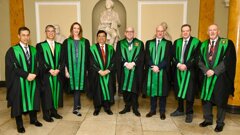
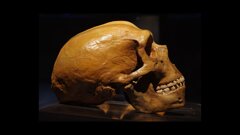

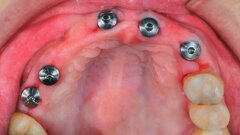
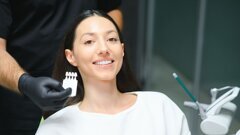

























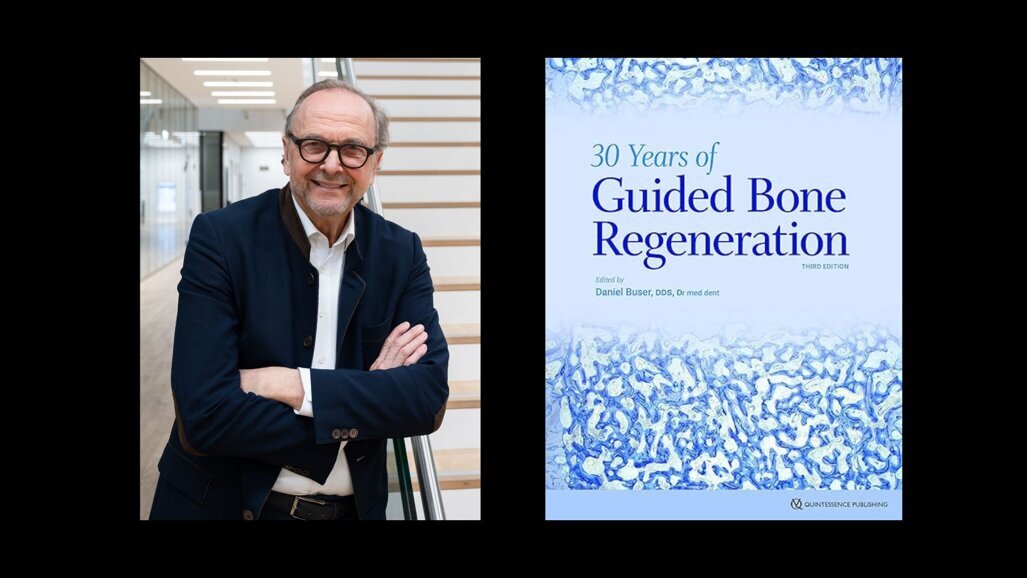


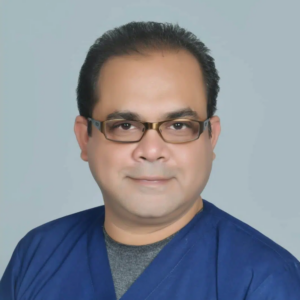
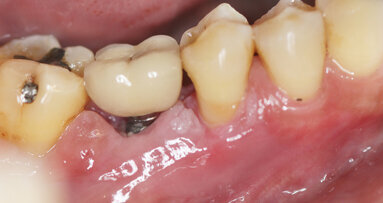
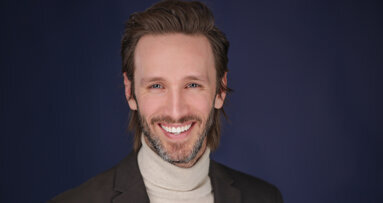
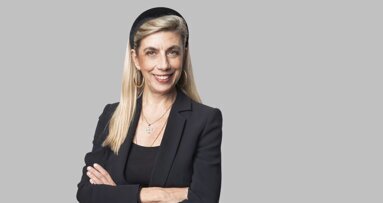
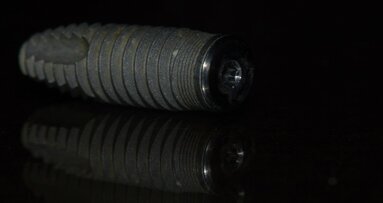

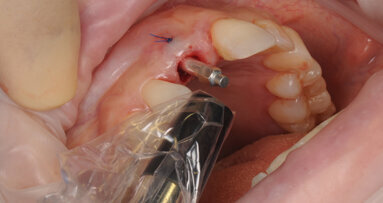



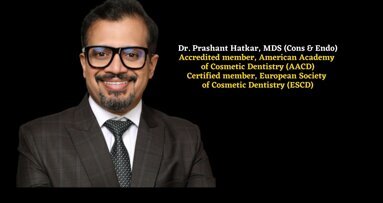

















To post a reply please login or register